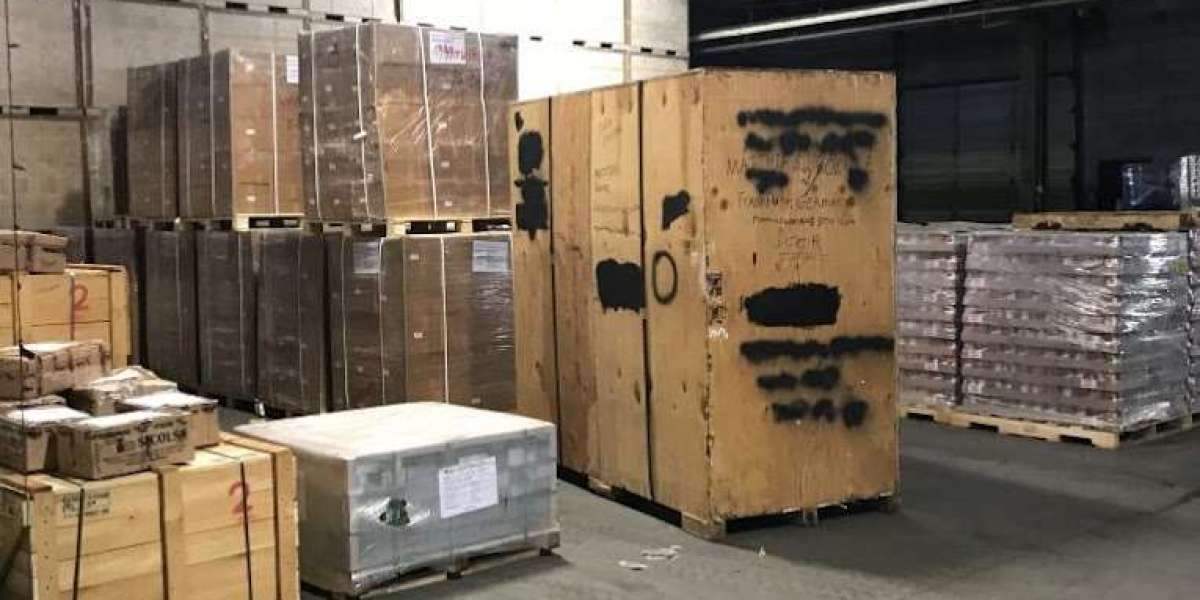In today's global economy, the safe transportation of goods is more crucial than ever. Whether it's heavy machinery, delicate artwork, or sensitive electronics, ensuring items arrive at their destination undamaged is a top priority. That's where crating services come into play. These services offer a tailored, secure solution for packaging items, particularly when traditional shipping containers or boxes simply aren't enough.
What Are Crating Services?
Crating services involve the custom design and fabrication of crates—usually made from wood or other sturdy materials—specifically built to protect valuable, fragile, or heavy goods during shipping or storage. These crates can be used for local transportation or international freight, and they’re often designed to meet specific industry standards or shipping regulations.
From foam-lined interiors to moisture-resistant barriers, crating services provide a layer of protection that goes far beyond cardboard packaging. The level of customization is what makes them stand out. A crate can be tailored in size, strength, and material based on the nature of the item being transported.
Why Businesses Depend on Crating Services
Industries such as aerospace, manufacturing, art galleries, and medical equipment suppliers rely heavily on crating services to ensure their products are handled with care. These industries often deal with items that are either highly valuable or sensitive to movement, temperature changes, and external forces.
Customized crating reduces the chances of damage caused by impacts, vibrations, or environmental conditions. In many cases, crating services also help businesses comply with international shipping standards, such as ISPM-15, which governs wood packaging materials used in global trade.
The Role of Expertise and Customization
One of the major benefits of professional crating services is the expertise that comes with it. Technicians assess the item to determine the most appropriate crate design, taking into consideration factors like weight distribution, dimensions, fragility, and shipping method.
Additionally, many crating companies offer on-site services where they evaluate and pack items directly at the business or client's location. This eliminates the need to transport goods to a third-party location for crating, reducing risk and improving efficiency.
Eco-Friendly Crating Options
Sustainability is becoming a growing concern across industries, and crating services are adapting accordingly. Many providers now offer eco-friendly crating options using recyclable or reusable materials. These green crates not only reduce waste but also demonstrate a company's commitment to environmental responsibility.
Some crating services have even adopted modular crate designs that can be disassembled and reused multiple times. This reduces the need for new raw materials and lowers the overall cost for clients who ship frequently.
How Crating Services Support International Trade
Global commerce depends on the secure, timely, and efficient movement of goods across borders. Crating services play a crucial role in this system. They ensure that goods are protected from damage during long sea voyages or air transportation.
Moreover, international shipping regulations often require specific types of crates, especially for wooden packaging. Crating services that specialize in export preparation can ensure compliance with these regulations, avoiding costly delays or fines.
Conclusion
Crating services are an essential part of modern logistics and transportation. From safeguarding delicate electronics to securing oversized industrial machinery, these services offer peace of mind and reduce the risk of costly damages. As businesses continue to expand globally and embrace more sustainable practices, the demand for professional, customizable, and eco-conscious crating solutions will only continue to grow.


